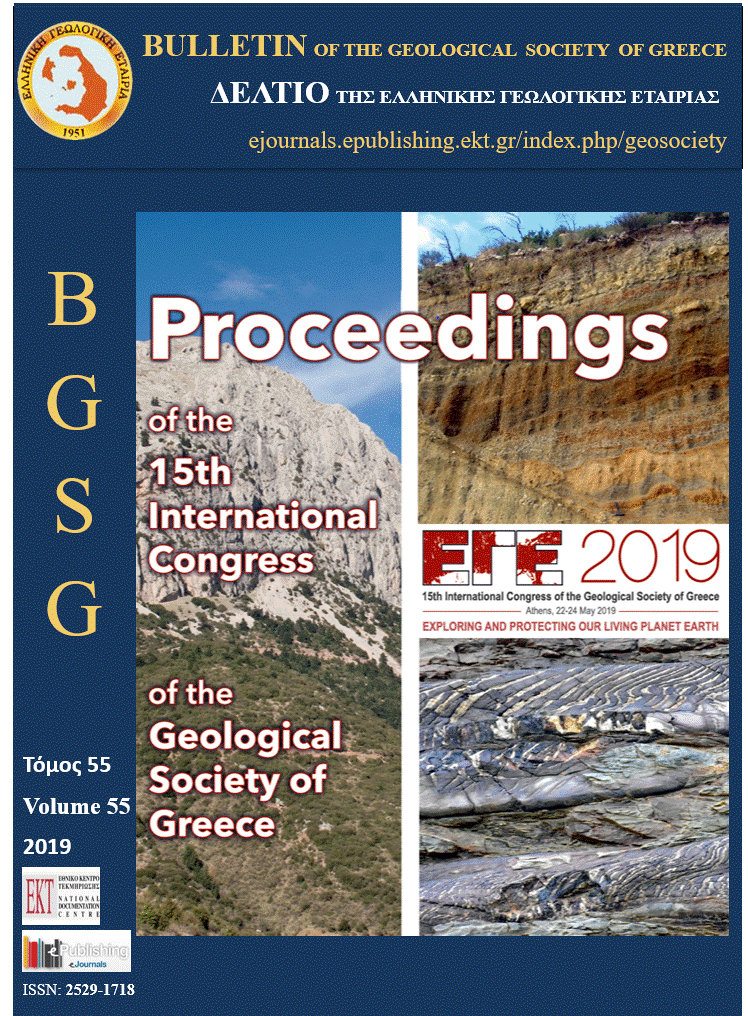Mineralogical and Fluid Inclusions Study of Epithermal Type Veins Intruding the Volcanic Rocks of the Kornofolia Area, Evros, NE Greece.

Abstract
The volcanic rocks of Kornofolia area, Evros, host a number of epithermal-type veins. The host rocks are Oligocene calc-alkaline andesites to rhyo-dacites. The andesites form hydrothermal breccias and show hydrothermal alteration. The veins comprise mainly silica polymorphs such as quartz, chalcedony and three types of opal (milky white, transparent and green). Amethyst also forms in veins at the same area. Apart from the silica polymorphs, the veins are accompanied by calcite and zeolites. The main aim of this study is the characterization of the silica polymorphs. Using FT-IR analyses, variations in the crystal structure of the three opals were recognized. The green opal is found to be more amorphous than the other two types. Fluid-inclusion measurements were performed in calcite and were compared with amethyst from previous studies. The Th is between 121-175 °C and the Te between -22.9 and -22.4 °C. The salinities range from 0.9 to 4.5 wt % NaCl equiv.
Article Details
- How to Cite
-
Aravani, F., Papadopoulou, L., Melfos, V., Soldatos, T., Zorba, T., & Voudouris, P. (2019). Mineralogical and Fluid Inclusions Study of Epithermal Type Veins Intruding the Volcanic Rocks of the Kornofolia Area, Evros, NE Greece. Bulletin of the Geological Society of Greece, 55(1), 202–222. https://doi.org/10.12681/bgsg.20755
- Section
- Petrology and Mineralogy

This work is licensed under a Creative Commons Attribution-NonCommercial 4.0 International License.
Authors who publish with this journal agree to the following terms:
Authors retain copyright and grant the journal right of first publication with the work simultaneously licensed under a Creative Commons Attribution Non-Commercial License that allows others to share the work with an acknowledgement of the work's authorship and initial publication in this journal.
Authors are able to enter into separate, additional contractual arrangements for the non-exclusive distribution of the journal's published version of the work (e.g. post it to an institutional repository or publish it in a book), with an acknowledgement of its initial publication in this journal. Authors are permitted and encouraged to post their work online (preferably in institutional repositories or on their website) prior to and during the submission process, as it can lead to productive exchanges, as well as earlier and greater citation of published work.




